Buffets are a beloved option for those seeking variety and value, often allowing diners to sample everything from international fare to classic comfort foods in a single sitting. Their all-you-can-eat nature makes them especially appealing for families, groups, or anyone with a hearty appetite. But while the sheer abundance can be enticing, it’s important to approach buffet dining with a bit of caution. Behind the sneeze guards and warming trays, certain items may carry higher risks than others—especially if safety protocols aren’t strictly followed.
Foods that require careful temperature control, like seafood, dairy-based dishes, and undercooked proteins, can quickly become breeding grounds for bacteria when left out too long. Similarly, popular self-serve items like salad bar toppings or shared utensils can be hotspots for cross-contamination. That doesn’t mean buffets are inherently unsafe, but it does mean you should be strategic about what ends up on your plate. Opting for freshly replenished items, avoiding anything that looks dried out or too warm/cold for its type, and steering clear of high-risk foods altogether can help you enjoy your meal without worry. A little awareness goes a long way toward ensuring your buffet experience is both delicious and safe.
1. Sushi and Raw Fish
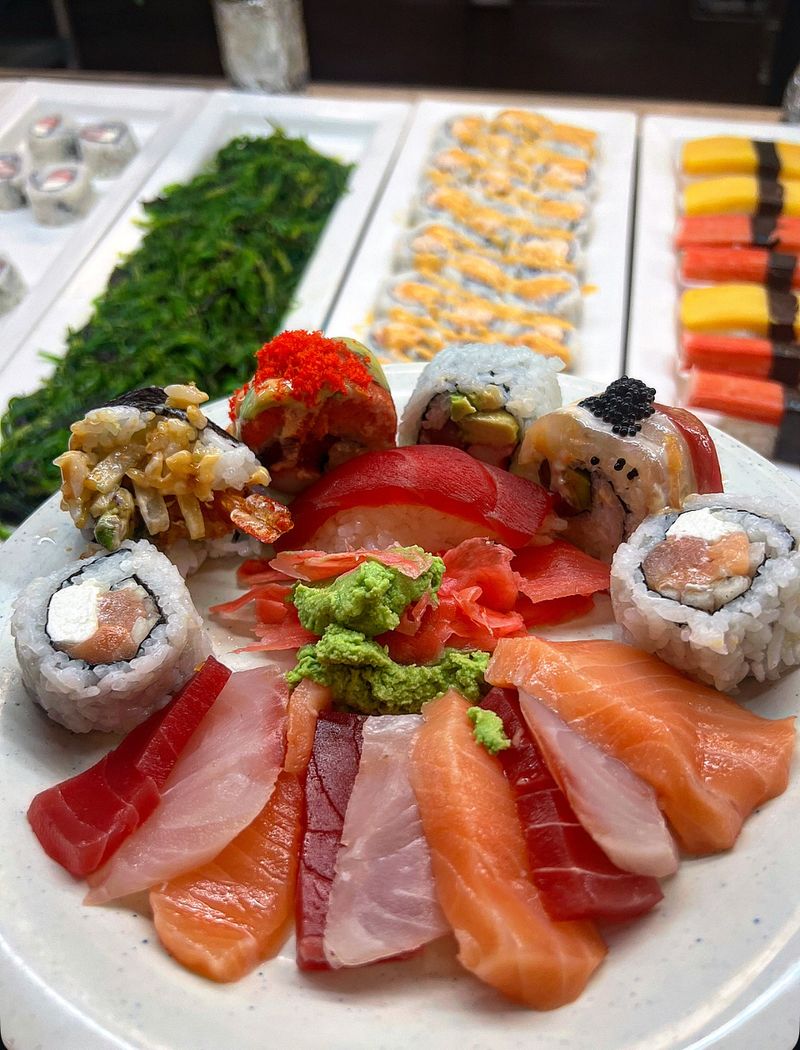
Raw fish requires extremely careful handling and temperature control to prevent dangerous bacterial growth. Most buffets lack the specialized equipment and expertise needed to safely maintain sushi-grade fish.
Temperature fluctuations common in buffet settings create perfect breeding grounds for harmful bacteria like salmonella and E. coli. Fish sitting at room temperature for even short periods becomes a health hazard.
Professional sushi restaurants follow strict protocols that many buffets simply cannot match. Skip the raw fish entirely and choose cooked seafood options instead for a safer dining experience.
2. Mayonnaise-Based Salads
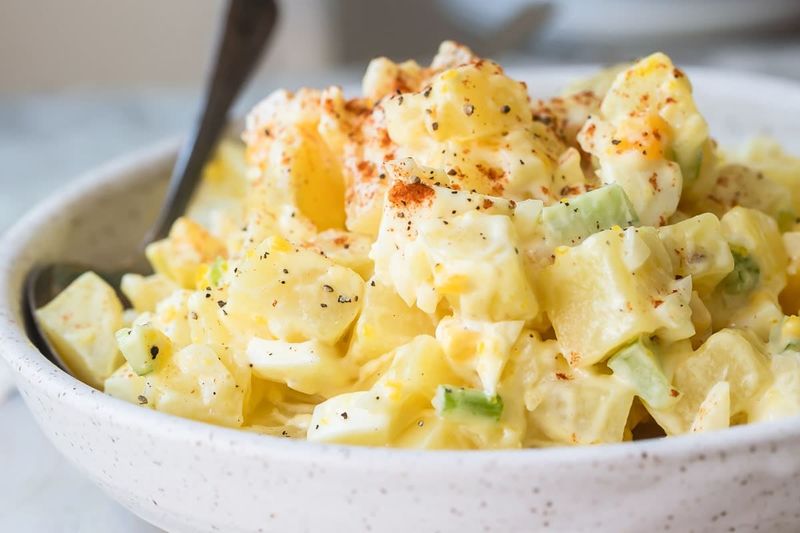
Potato salad, coleslaw, and chicken salad might look innocent, but mayonnaise-based dishes are notorious for causing food poisoning. These creamy concoctions become bacterial playgrounds when left at unsafe temperatures.
Mayonnaise breaks down quickly under heat and light, creating ideal conditions for rapid bacterial multiplication. Even properly refrigerated mayo salads can become dangerous within hours of sitting out.
Restaurant-style buffets often struggle to maintain proper temperatures for these perishable items. Your best bet is avoiding creamy salads altogether and choosing fresh green salads with vinaigrette dressings instead.
3. Lukewarm Soup
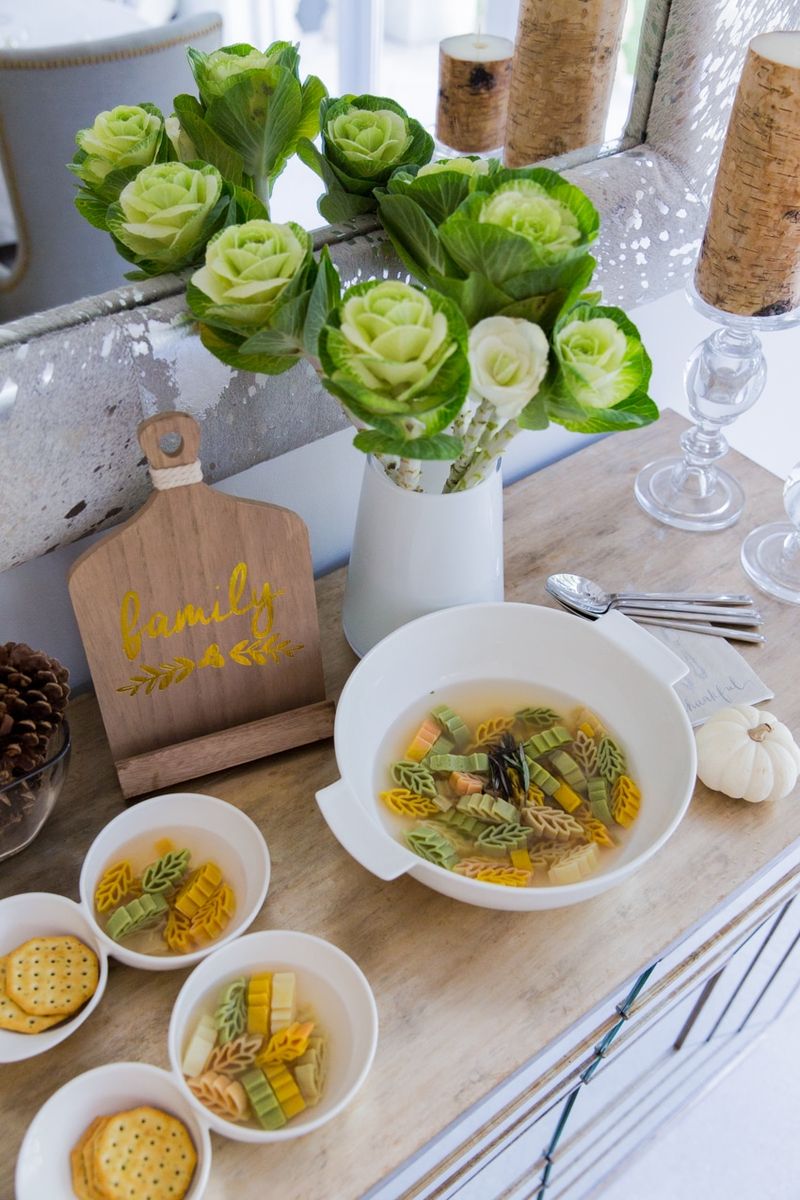
Soup warmers often fail to maintain the high temperatures needed to keep soups safe from bacterial contamination. When soup drops below 140°F, it enters the danger zone where harmful microorganisms thrive.
Many buffet soups sit for hours without proper heating, allowing bacteria to multiply rapidly. Clear broths are particularly risky since they lack the acidity that might slow bacterial growth.
Always check if soup is steaming hot before serving yourself. If it appears lukewarm or has been sitting without visible steam, choose a different option to protect your health.
4. Seafood Dishes
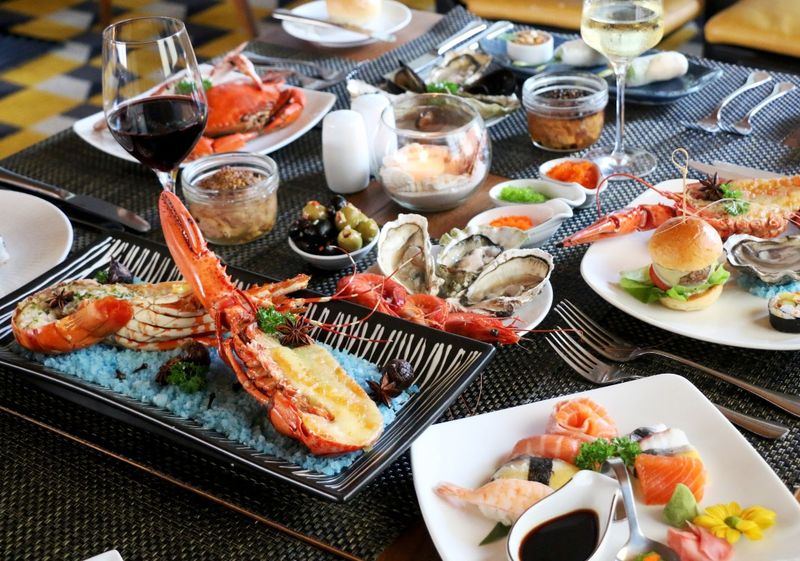
Cooked seafood spoils faster than most other proteins and requires constant temperature monitoring to remain safe. Buffet seafood often sits too long at improper temperatures, making it a risky choice.
Shrimp, crab, and fish develop off-flavors and dangerous bacteria when they cool down or sit exposed to air. The longer seafood remains in buffet warmers, the greater the contamination risk becomes.
Fresh seafood should smell like the ocean, not fishy or ammonia-like. If buffet seafood appears dried out, discolored, or smells suspicious, avoid it completely and choose safer protein options instead.
5. Custard and Cream Desserts
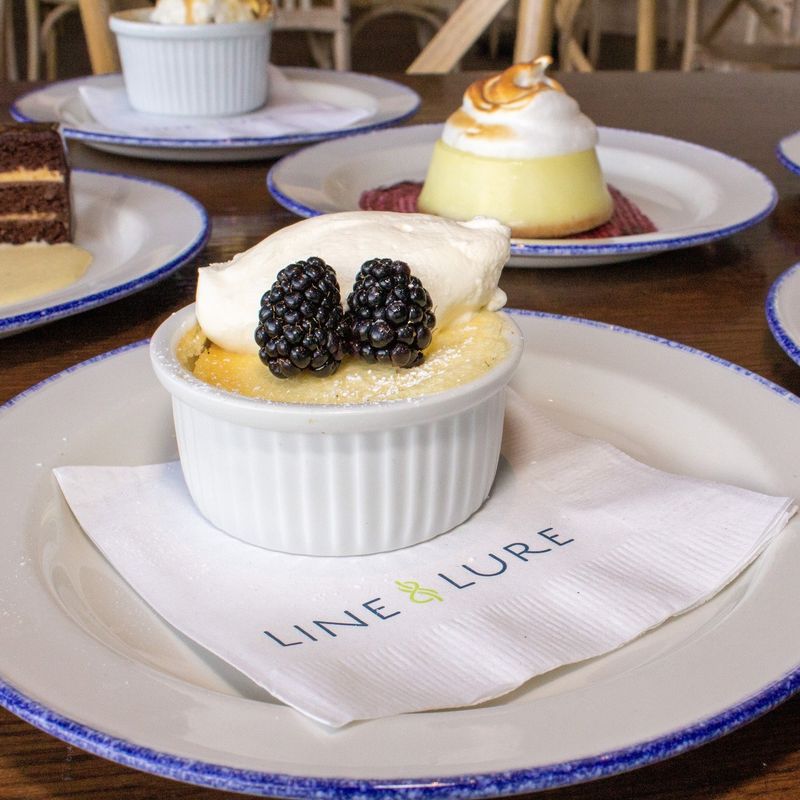
Cream-filled pastries and custard desserts are bacterial magnets when left at room temperature. These dairy-rich treats require constant refrigeration to prevent rapid spoilage and foodborne illness.
Most buffets lack adequate refrigeration for delicate desserts, leaving them vulnerable to dangerous temperature fluctuations. Custards and creams can develop harmful bacteria within hours of improper storage.
Pastry cream, puddings, and cream pies become health hazards when they sit too long in warm buffet environments. Stick to fresh fruit, cookies, or other non-dairy desserts for a safer sweet ending to your meal.
6. Buffet Meat Carved to Order
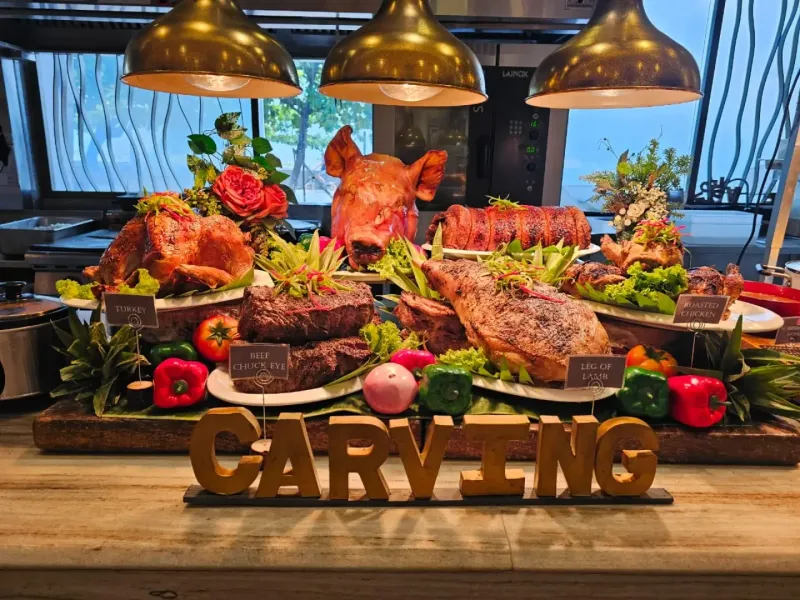
Carving stations might seem fresh and appealing, but they present unique contamination risks. Multiple people handling the same utensils and breathing over exposed meat creates cross-contamination opportunities.
Large roasts sitting out for hours lose their protective outer layer through constant carving, exposing fresh meat to airborne bacteria. Server hygiene and proper utensil handling become critical factors often overlooked in busy buffet settings.
Temperature control becomes challenging with frequently opened carving stations. Unless the meat is steaming hot and the carving area appears exceptionally clean, consider choosing pre-plated options instead.
7. Items Near the Sneeze Guard Edge

Food positioned closest to customers faces the highest contamination risk from coughing, sneezing, and general proximity to diners. Items at the front of serving trays get exposed to more airborne particles and potential contamination.
Sneeze guards provide limited protection, especially for foods placed near the edges where customers lean closest. Busy buffets see hundreds of people breathing over these front-row items throughout the day.
Choose items from the back of serving containers when possible, or wait for fresh refills. This simple strategy significantly reduces your exposure to airborne contaminants from other diners.
Leave a comment